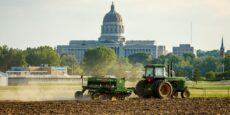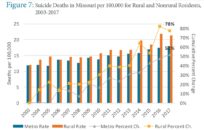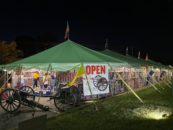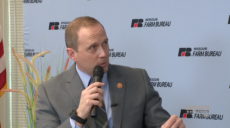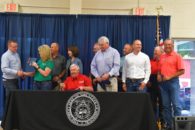I love magic. As a kid, I was captivated by the amazing stories of Harry Houdini’s mind-boggling feats as an escape artist.
Today I marvel at the ingenious sleight-of-hand performed by crafty corporations. When it comes to energy policy, the Intergovernmental Panel on Climate Change, the Sierra Club, the Environmental Defense Fund, and the Biden administration have put many corporate executives in straight jackets and challenged them to find a way to escape.
Their corporate challenge: Run a business and do it with zero carbon emissions. That sounds impossible if you’re flying jets or running a manufacturing plant. Never fear. Today’s image-conscious corporate Houdinis have found, and perfected, a brilliant escape strategy: “carbon offsets.”
We all know trees remove carbon dioxide from the air and store it mostly in the form of cellulose. Dry wood is about 50 percent carbon. A single tree can sequester more than a ton of carbon. Based on that information, here’s how the “preserve-a-forest” offset works: A creative entrepreneur who owns or leases forested land formally commits to protect it from logging for a long period of time, perhaps 100 years. The forest’s thousands of tons of sequestered, and protected, carbon can now be purchased by corporations to offset their real-world carbon emissions. Bingo. Net-zero carbon emissions is achieved, and the corporation’s leadership can cast aside the straight jackets and strut proudly for the planet-saving feat.
One doesn’t really have to be a genius to find the trick mirrors in that magic trick. Let’s analyze the offset process from the perspective of one tree in the forest.
In the offset forest with all logging prohibited, a mature tree dies of old age and falls to the damp forest floor. There it is quickly devoured by termites, insects, and bacteria. The once-sequestered carbon is released in the form of carbon dioxide or methane (more potent than carbon dioxide as a greenhouse gas). A seedling will take its place in the forest.
In the same forest, but with no offset logging restrictions, the mature tree is harvested by a logging company before it dies. It produces hundreds of board feet of lumber, and the lumber is used for the construction of a house that stands for 100 years, thereby effectively sequestering much of the tree’s carbon. In addition, the scrap leftover at the sawmill can be used for firewood (the original renewable energy) or other low-grade wood products.
Clearly, a forest with logging allowed can sequester more carbon than a forest protected by offset provisions. Left undisturbed for a hundred years, the forest used for offsets will likely end up with about the same amount of sequestered carbon it started with.
Supporters of a political system that permits — and even encourages — such a shell game surely doesn’t really believe the climate’s existential threat is really that existential.

Ron Boyer is a member of the Missouri Air Conservation Commission.


